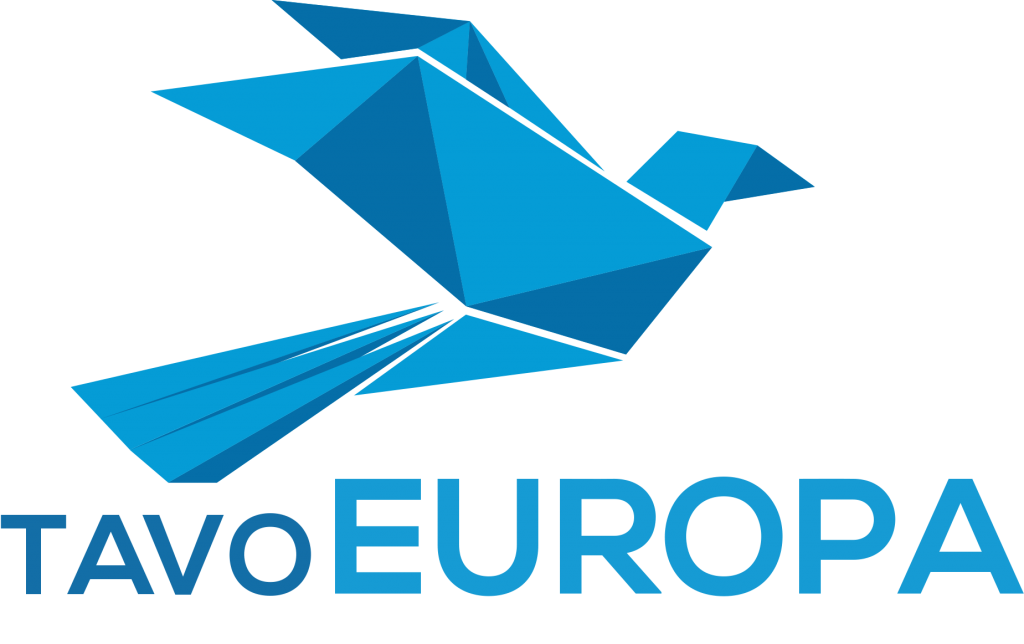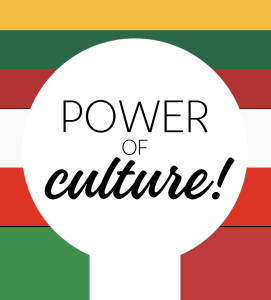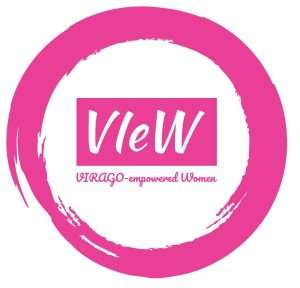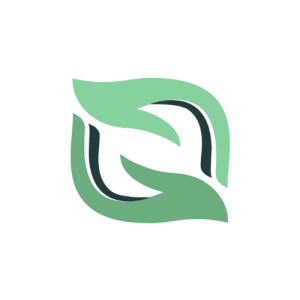As a recap, linked open data (LOD) is defined as data that can be used adapted and modified by anyone as well as being released under an open license, which does not impede its reuse for free (Berners, 2014).
While, for many years much of its use was reserved for government data repositories and archives (Mayer, 2015), today LOD possesses a plethora of advantages in other sectors. One of these that has seen exponential adoption rates is in realm of Culture and Heritage. This predominantly refers to the gathering and collection of material by institutions such as libraries, museums and galleries (Alexiev, 2016).
Firstly, by adopting a system of LOD in libraries, which are the most used and most accessible form of cultural institution, they can significantly expand and interlink their literature database (Yoose & Perkins, 2013). LOD allows them to connect metadata of certain pieces of literature with others that have similar traits. This becomes more paramount nowadays as libraires push towards having an expanded online presence. An example where the fluidity and simplicity of LOD becomes apparent are in user experience of library search engines. The greater the use of LOD, the easier it will be for users to find the desired piece of literature (Oomen & Baltussen, 2012). Moreover, LOD permits the expansion of library content online through the sharing of hyperlinks and URLs across websites (Oomen & Baltussen, 2012).
Furthermore, LOD has been used to in archelogy to transcribe archaeological findings. When making new findings, their records must be logged into a database. LOD facilitates this process as it can weave and interlink said artifact with others in a collection or tie it to others and discover new collections and to what extent (Alexiev, 2016).
Equally, Lincoln (2019), reminds us that LOD is crucial in the field of art. Many artists and art galleries want to know how to get the most out of their artistic knowledge via comprehending how their artwork fits into the larger ecosystem of art dated. What’s more is an increasing need and desire to know how disseminated artwork has become. LOD can accomplish this requirement as it allows artists and art institutions to recognise and interpret who and through what channels the public has been able to access their art. They can even see how it has been shared and create links between them to better understand their artwork’s “relevance” (Mayer, 2015).
Lastly, museums, and academic institutions, in general have experienced a shift to LOD adoption over the past ten years. These include the British Museum and Yale University who granted a LOD license for their metadata to be used as commercial property (Museum ID). The idea was to increase their international stance by providing a comprehensive way for the public to share knowledge. By doing this, it ensures they create a footprint in the public domain (Ibid).
In summary, we have seen that many cultural institutions take advantage of LOD because of two main reasons. First it allows them and their clients to easy create links between cultural material which makes it easier to log and find information faster. This ultimately is passed down to the user (Al-Gburi, 2019). Second, LOD offers greater dissemination of the material as well as the cultural institution in general. It allows them to have a greater online presence due to the interconnection made between data sets as well as producing the writes for data to be commercially used.
This project is funded by Erasmus+




